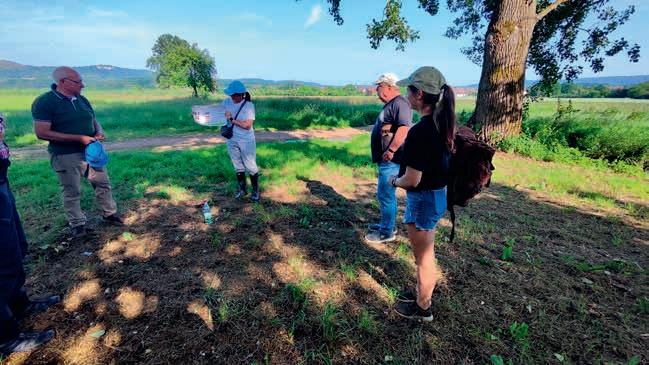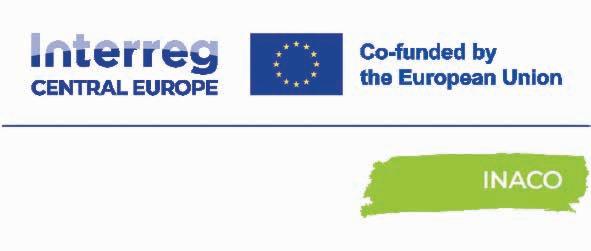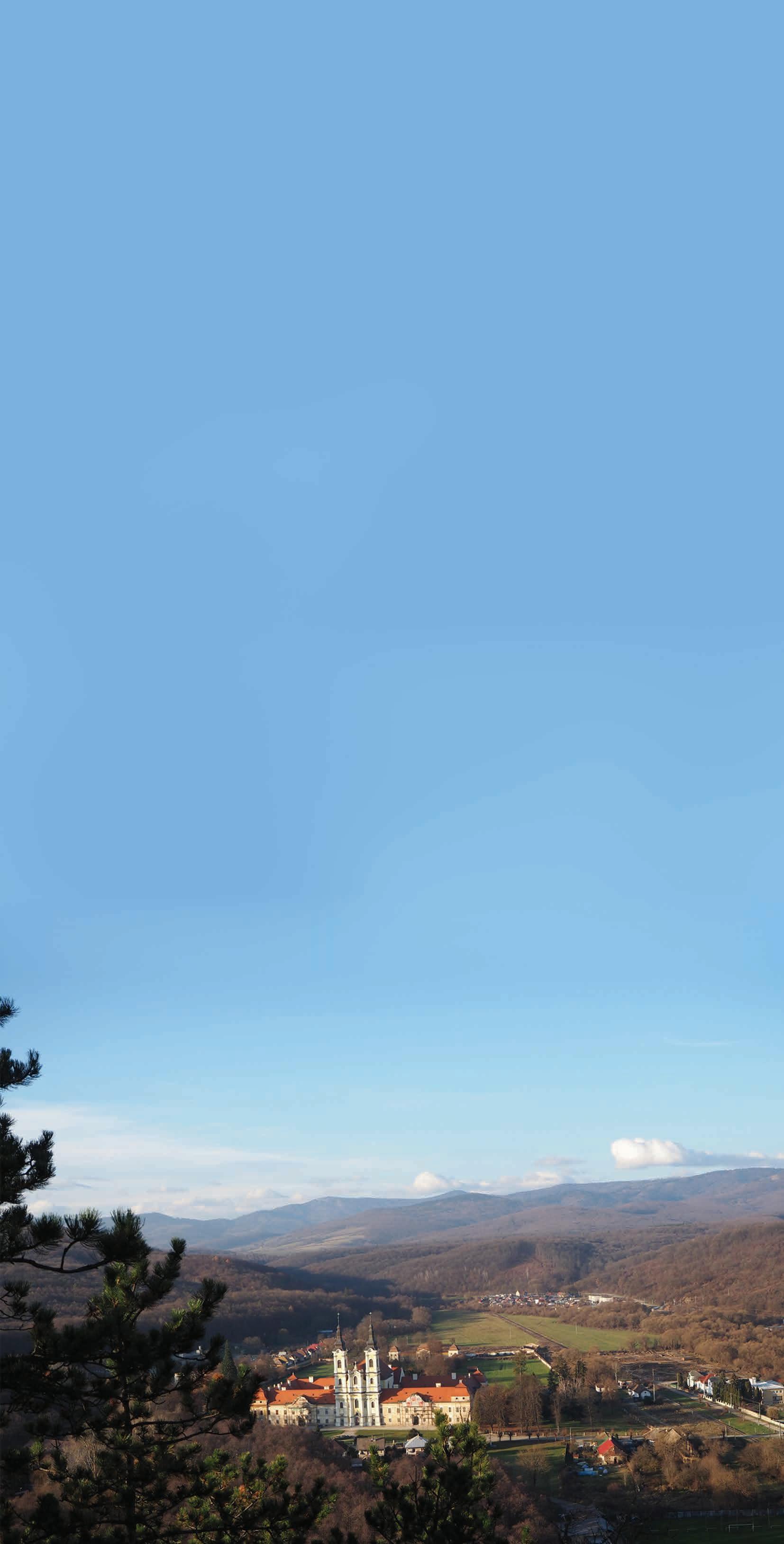Tools to protect cultural heritage

Extreme weather events such as droughts and floods can pose a significant threat to cultural and natural heritage sites. The team behind the EU-backed INACO project is developing tools and management plans designed to help local authorities protect valuable objects and important sites, as Alessandra Bonazza explains.
The European climate is changing, bringing with it an increased likelihood of extreme weather events, from prolonged droughts to dramatic floods. These kinds of events pose a significant threat to cultural and natural heritage sites, as illustrated by the floods of 2002, which affected large parts of central Europe. “The impact was felt across central Europe, for example the city of Prague and the surrounding municipalities saw very high water levels. The Wachau Valley in Austria was also badly affected,” says Alessandra Bonazza, a researcher at the National Research Council of Italy. Prague, the Wachau Valley and many other regions across central Europe are rich in cultural and natural heritage, and extreme weather can have a dramatic, lasting impact on artefacts and landscapes. “Extreme weather events can cause structural damage to buildings, and even when a flood recedes there may be secondary damage to the masonry, as the absorbed water can increase biodeterioration and salt crystallisation on building materials,” points out Bonazza.

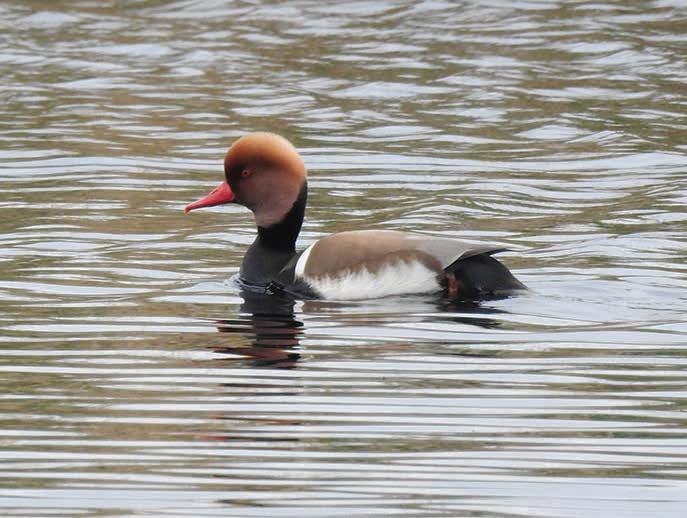
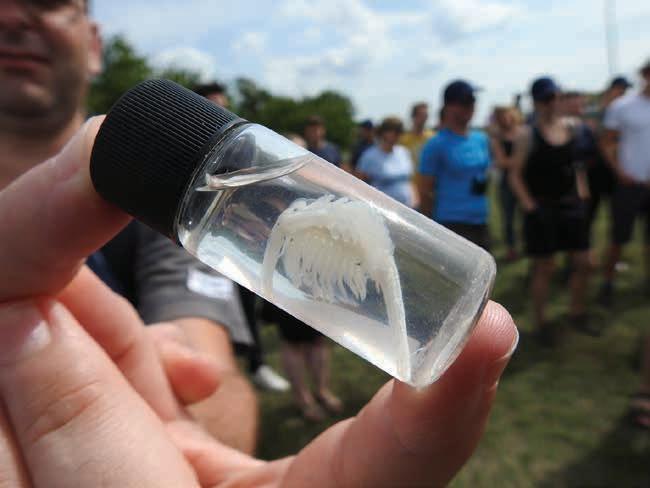
INACO project
As Principal Investigator of the EU-backed INACO project, Bonazza is working to help protect Europe’s cultural and natural heritage from the impact of extreme weather events. This follows an earlier project which focused primarily on built heritage, such as city centres, museums and archives; Bonazza says INACO now has a wider scope. “We want to enlarge our knowledge by including natural sites,” she outlines. These natural sites may be for example the terraced landscapes found in several Euro-Mediterranean regions, which are characterised by dry stone walls; the traditional technique used to build these walls has been included on the UNESCO
Intangible Cultural Heritage Lists. “We are considering both natural and built heritage sites in the project,” continues Bonazza. “Cultural heritage sites have social, economic and cultural value, and need protection by regional authorities. We are working to encourage cooperation amongst the different entities, looking to transfer
“Extreme weather events can cause structural damage to buildings, and even when a flood recedes there may be secondary damage to the masonry, as the absorbed water can increase biodeterioration and salt crystallisation on building materials.”
best practice and knowledge and improve the resilience of those areas which are not well protected at the moment.”
This work is focused on areas that are particularly vulnerable to the impact of extreme weather events, such as around river basins. A number of pilot studies are being conducted in the project at different sites, with the aim of developing effective risk management plans

to protect local heritage. “We are working in locations along the Danube, while we are also doing some studies in the coastal area around Dubrovnik, by the shortest river in Europe, the Ombla. We have pilot studies in the Po Delta in Italy, and are also considering inland areas and lake shore environments,” says Bonazza. Local citizens in these areas have played a major role in identifying which sites hold particular cultural importance, and which specific artefacts should be protected.
“We have been engaged in dialogue at the local level throughout the project,” says Bonazza.
“We have organised local events, roundtables and workshops to ask local citizens about their needs, and to identify which areas they consider to be particularly vulnerable and which sites need protection.”
The major aim of the project is to prevent damage to cultural heritage sites, which starts
from identifying risks and forecasting extreme weather events before they occur. A free, open access web GIS platform is being developed in the project, designed to support local people by providing detailed, relevant information about local weather patterns. “We are using outputs from both climate models and earth observation datasets, including the atmospheric monitoring Copernicus service,” outlines Bonazza. This will provide stakeholders with a fuller picture of which areas are at particular risk of flooding or droughts, while Bonazza and her colleagues in the project are also considering the possible future evolution of the climate and its likely impact. “We are going to develop tools from another web-based app to assess the vulnerability of different sites, we are providing support for risk assessments,” she says. “In future, our ambition is to eventually release a mobile tool or app for citizens.”
Protecting cultural heritage
This accumulated knowledge will be highly valuable for managers and professionals, the people responsible for protecting cultural heritage sites. One part of the project centres on providing effective, reliable decisionsupport tools to managers, helping them assess whether measures like reversible barriers should be deployed for example, while researchers are also developing training courses. “We are going to identify the curriculum that risk managers should follow, and structure a course around the key issues. We also aim to encourage the inclusion of cultural heritage protection measures into existing local climate change adaptation plans,” outlines Bonazza. While protecting culture will of course always be secondary to protecting human life, Bonazza says European countries are committed to preserving their heritage and
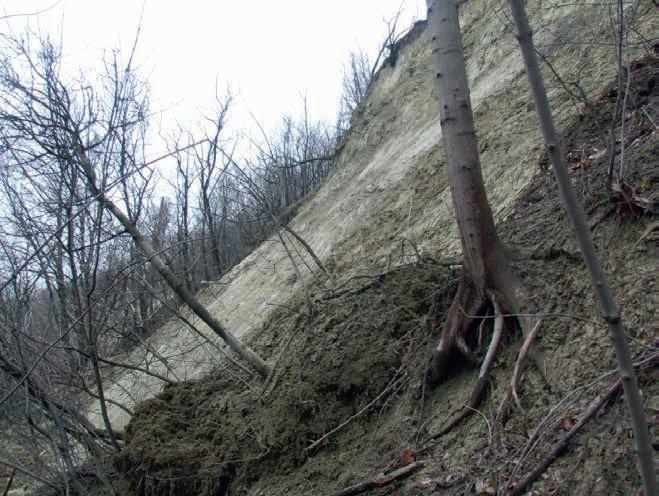
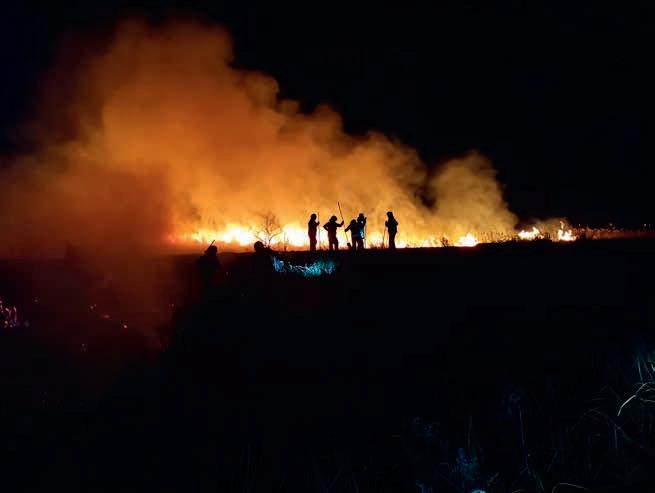
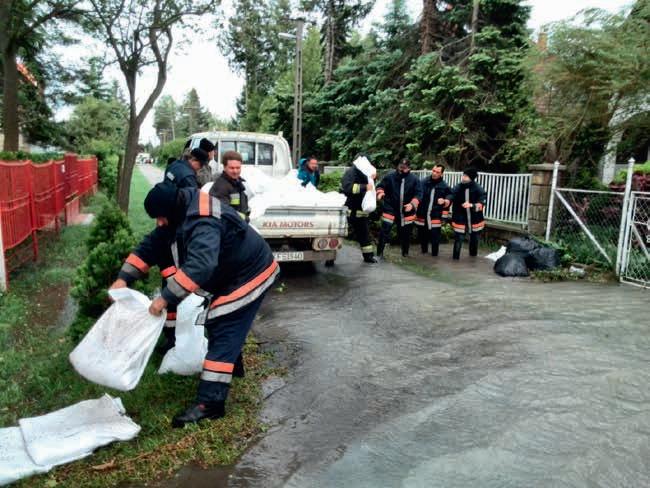
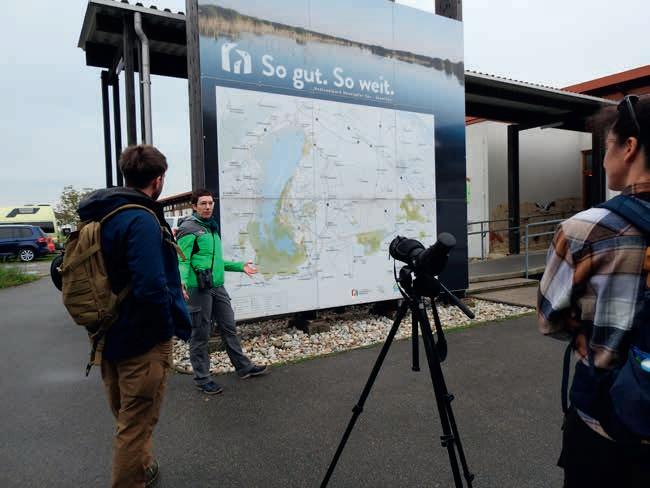
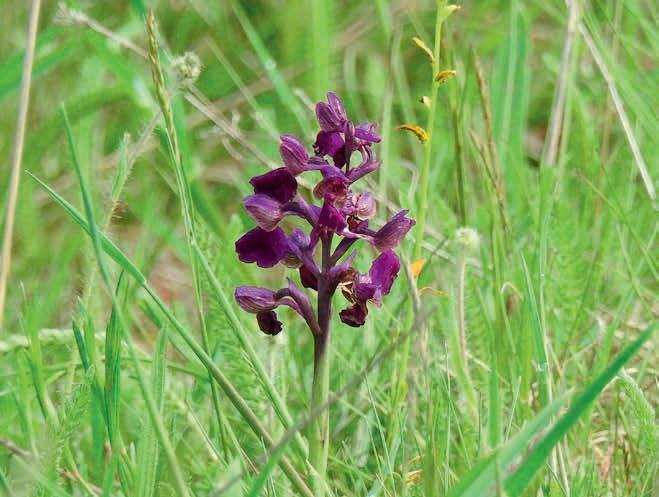
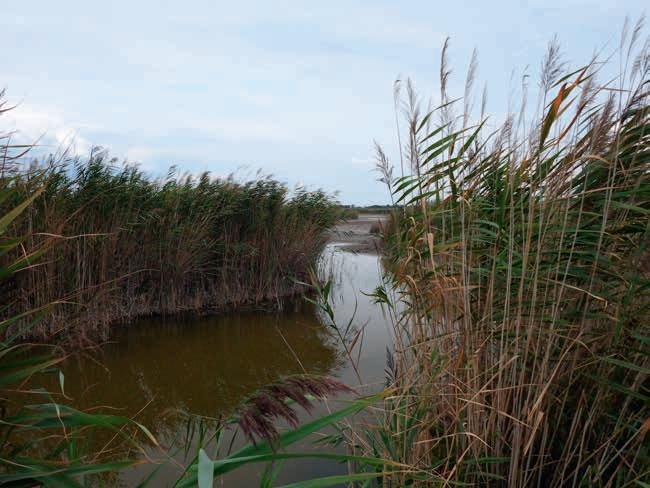
INACO
INnovative strategies for the Adoption of risk management plans to enhance the resilience of sensitive Cultural and natural heritage Objectives against climate hazards in river basin districts
Project Objectives
INACO enhances resilience of cultural and natural heritage in Central European river basins by developing and implementing innovative risk-management strategies. It delivers Web GIS-based tools and mobile apps for vulnerability self assessment, establishes trained local “heritage risk managers,” and pilots tailored adaptation plans across eight sites vulnerable to climate induced hazards.
Project Funding
The INACO project is co-financed by the European Regional Development Fund under the Interreg Central Europe 20212027 programme.
Project Partners
Lead partner: Institute of Atmospheric Sciences and Climate - National Research Council (Italy)
Communication Manager: Foundation for Landscape Protection (Poland)
Project partners:
• SISTEMA GmbH (Austria) • Institute of Theoretical and Applied Mechanics
CAS (Czech Republic) • University for Continuing Education Krems (Austria)
• Lake Balaton Development Coordination Agency (Hungary) • District Forchheim (Germany) • Technical University of Košice (Slovakia) • Institute for the Restoration of Dubrovnik (Croatia) • BAW Research, Statutory body under public law” (Austria)
• Po Delta Park – Emilia Romagna (Italy)
Contact Details
Project Coordinator, Alessandra Bonazza
CNR-ISAC
Via Gobetti 101, Bologna, Italy
T: +39 392 9170868
E: a.bonazza@isac.cnr.it
W: https://www.interreg-central.eu/ projects/inaco/

Alessandra Bonazza is a Senior researcher at the Institute of Atmospheric Sciences and Climate of the National Research Council of Italy (CNR-ISAC), where she coordinates the research unit “Impacts on Environment, Cultural Heritage and Human Health”.
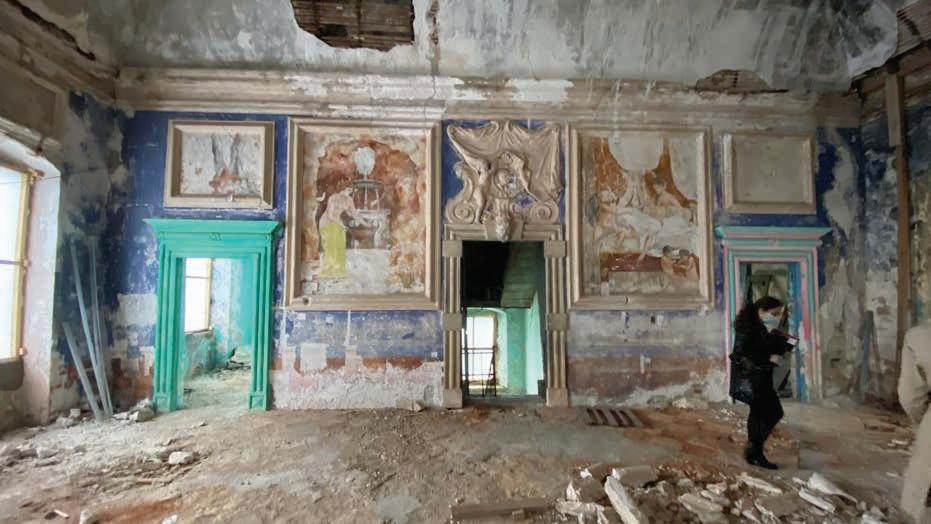
some detailed plans have been put in place. “It’s important to have a risk manager and a rescue team dedicated to heritage protection, to know which objects are the priorities, and to have dedicated storage places,” she says.
Many of the cities and regions that boast rich cultural heritage tend to attract a lot of visitors, both domestic and international, and tourism is often a major part of the local economy. Cities like Dubrovnik can become very crowded, and removing or limiting access to major cultural attractions will have a significant economic impact, an issue that Bonazza says is being taken into account. “We are considering what lessons both high and low levels of tourism will have on heritage management, and we are considering this in our methodology for vulnerability assessment. Tourism is part of socio-economic evaluations,” she acknowledges. The tourism industry is not a primary consideration however, with the project team focused more on developing effective management plans and enhancing resilience, and work in this area is ongoing. “We have finished the first year of INACO, and we are building on the previous projects. Our work in INACO gives us the opportunity to improve earlier work, and to close gaps we previously identified,” says Bonazza.
The plan is to share the project’s findings widely, with different institutions and stakeholders involved in dissemination and communication. Local events are being held, for example in Dubrovnik, alongside work at the national and international levels.
“We are also presenting at conferences, and at events organised by UNESCO and
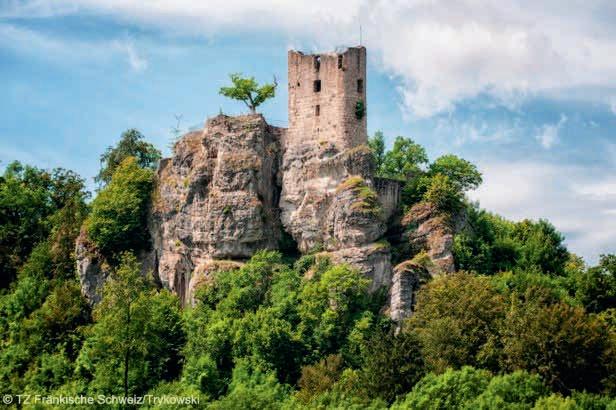
other institutions,” continues Bonazza. This reflects the wider relevance of the project’s work, which Bonazza says is not limited to the countries directly involved. “Our platform covers Europe, the Mediterranean, and North Africa, but our methods and methodologies have been developed to be transferable. The idea is that our methodologies could be transferred and applied elsewhere, and our use cases hold wider relevance. Our case studies are examples of what can practically be done, by applying our methods,” she stresses. “In future we would like to develop our platform further, with an emphasis on making it accessible, with a user-friendly interface.”
This will help heighten awareness among public authorities of the threat that climate change poses to cultural and natural heritage, and underline the need for effective protection measures to be put in place. The project aims to provide stakeholders with the tools and strategies they need to prepare effectively for extreme weather events, while also encouraging their effective use. “We plan to prepare a memorandum of understanding - or letter of intent - for the partner responsible for a site to sign. We want to encourage them to commit to adopting - and using - all the instruments and strategies that we have put in place at the local level,” outlines Bonazza.
